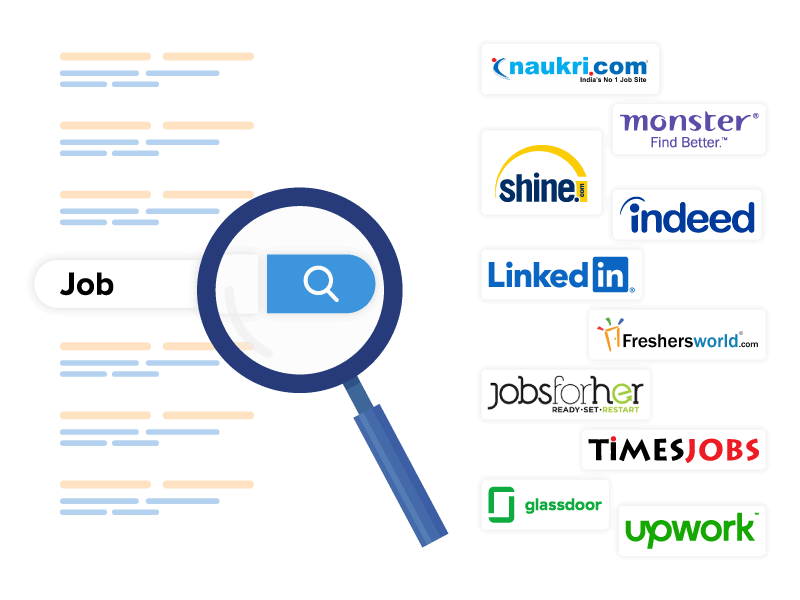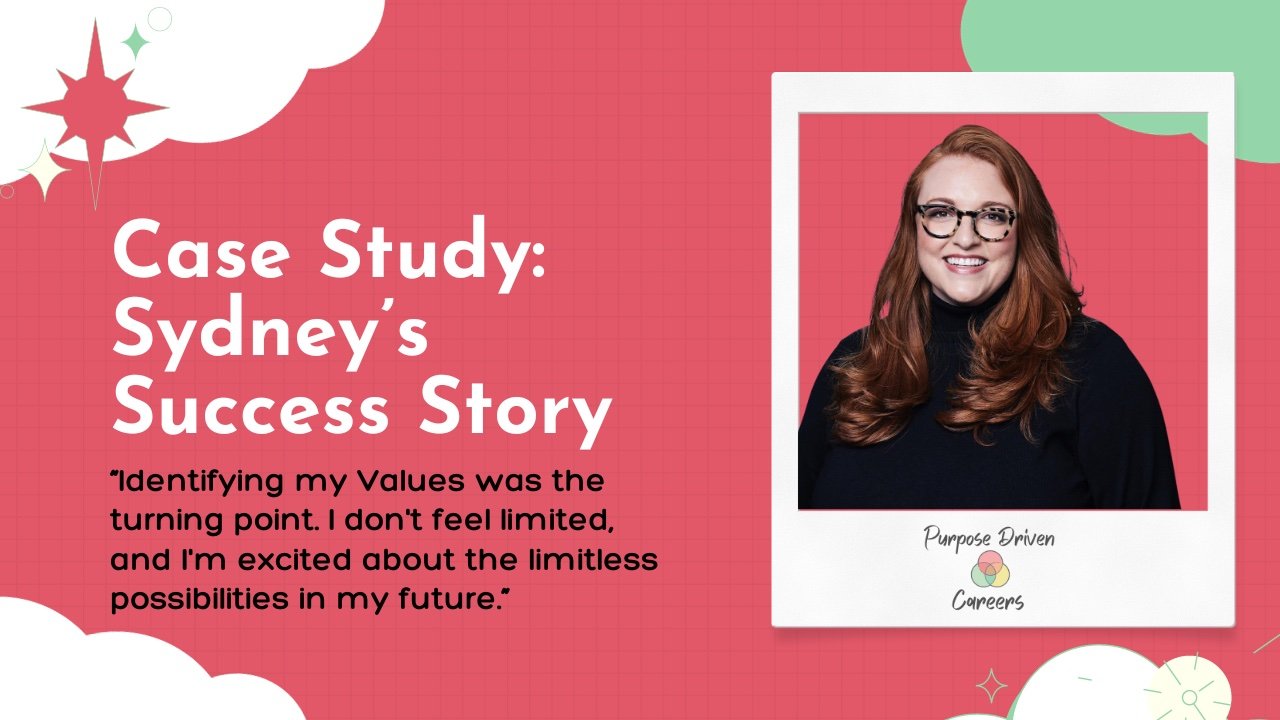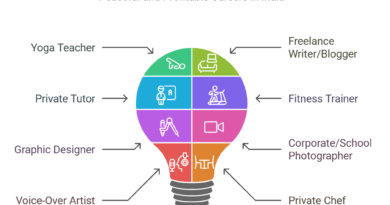The Job Hunt Playbook: How to Get Hired Faster Than Ever

Job hunting can feel like navigating a labyrinth, especially in a competitive job market. With rapidly evolving hiring processes, understanding how to stand out is more crucial than ever. This playbook will provide you with actionable strategies, tools, and insights to help you land your next job faster and more efficiently.
1. Understanding the Modern Job Market
The job market has undergone significant changes in recent years. Remote work, digital applications, and the rise of AI-driven recruitment tools have transformed how companies hire.

Key Trends:
- Remote Work Opportunities: Many companies are now open to remote roles, broadening the talent pool.
- AI and Automation: Applicant Tracking Systems (ATS) scan resumes before a human ever sees them. Keywords and formatting matter more than ever.
- Skill-Based Hiring: Employers focus increasingly on specific skills and experiences rather than traditional qualifications.
Understanding these trends is the first step in tailoring your job search strategy.
2. Crafting a Winning Resume
Your resume is your first impression. To get noticed, it needs to be tailored, ATS-friendly, and results-oriented.

Key Elements of a Strong Resume:
- Tailored Content:
- Customize your resume for each job application.
- Highlight relevant skills and experiences that match the job description.
- ATS Optimization:
- Use keywords from the job posting.
- Avoid graphics, unusual fonts, or complex formatting that ATS might not read.
- Quantifiable Achievements:
- Use numbers to demonstrate impact. For example: “Increased sales by 20%” or “Improved efficiency by reducing processing time by 15 hours per week.”
- Concise and Clear:
- Limit your resume to 1-2 pages.
- Use bullet points for easy readability.
Pro Tip:
Use online tools like to optimize your resume for specific job descriptions.
3. Crafting a Compelling Cover Letter
A cover letter is your chance to tell your story and explain why you’re the perfect fit. While many applicants skip this step, a well-crafted cover letter can set you apart.

Structure of a Standout Cover Letter:
- Introduction:
- Mention the job title and how you found the opportunity.
- Briefly explain why you’re excited about the role and company.
- Body:
- Highlight key experiences and skills that make you a strong candidate.
- Share a specific example of a past accomplishment relevant to the job.
- Closing:
- Reiterate your enthusiasm and express your interest in discussing your application further.
- Include a call to action, such as requesting an interview.
Common Mistakes to Avoid:
- Repeating your resume.
- Using generic phrases like “To whom it may concern.”
- Writing a novel—keep it concise and impactful.
4. Leveraging Networking
Networking remains one of the most effective ways to find and secure job opportunities. Many roles are filled before they’re even posted publicly.

Effective Networking Strategies:
- Tap into Your Existing Network:
- Inform friends, family, and former colleagues that you’re job hunting.
- Ask for referrals or introductions to people in your target industry.
- Expand Your Professional Circle:
- Attend industry events, webinars, and conferences.
- Use LinkedIn to connect with professionals in your field.
- Engage with Recruiters and Hiring Managers:
- Reach out to recruiters specializing in your industry.
- Don’t hesitate to contact hiring managers directly if you can find their details.
Networking Tools:
- LinkedIn: Join groups, share insights, and engage with posts in your field.
- Meetup: Find and attend networking events in your area or industry.
- Professional Associations: Membership in industry groups can open doors to exclusive job opportunities.
5. Mastering the Art of the Job Interview
The interview is your opportunity to showcase your skills, personality, and fit for the role. Preparation and practice are key.

Types of Interviews:
- Phone Screens:
- Initial, brief conversations to assess basic qualifications.
- Focus on clear communication and enthusiasm.
- Video Interviews:
- Common in remote hiring processes.
- Test your technology beforehand and ensure a professional background.
- In-Person Interviews:
- Typically more detailed and involve multiple stakeholders.
- Focus on building rapport and demonstrating cultural fit.
Common Interview Questions:
- Tell me about yourself.
- Why do you want to work here?
- What are your strengths and weaknesses?
- Can you describe a challenging situation and how you handled it?
Prepare answers that highlight your skills and experience while tying them back to the job’s requirements.
Behavioral Interview Tips:
- Use the STAR Method (Situation, Task, Action, Result) to structure your answers.
- Be specific and focus on measurable outcomes.
Pro Tip:
Practice with a friend or use mock interview platforms like to build confidence.
6. Utilizing Job Search Platforms
Online job platforms are powerful tools for finding opportunities. However, knowing how to navigate them efficiently is crucial.

Best Platforms for Job Seekers:
- General Job Boards:
- LinkedIn, Indeed, Glassdoor.
- Specialized Job Boards:
- For tech: Dice, AngelList.
- For remote work: Remote.co, We Work Remotely.
- Company Websites:
- Many companies list openings exclusively on their websites.
Strategies for Effective Use:
- Set up job alerts to stay updated on new postings.
- Regularly update your profiles on platforms like LinkedIn.
- Use advanced search filters to narrow down relevant roles.
7. Standing Out in a Competitive Market
With many qualified candidates applying for the same roles, standing out requires a mix of strategy, creativity, and persistence.

Ways to Differentiate Yourself:
- Build a Personal Brand:
- Share your expertise through blog posts, LinkedIn articles, or personal websites.
- Showcase your portfolio if applicable.
- Follow Up:
- Send a thank-you email after interviews.
- Follow up on applications to express continued interest.
- Upskill Continuously:
- Take online courses or earn certifications in high-demand areas.
- Highlight your learning efforts on your resume and LinkedIn profile.
- Showcase Soft Skills:
- Skills like adaptability, communication, and problem-solving are highly valued.
- Use examples to demonstrate these in your application and interviews.
8. Dealing with Rejection and Staying Resilient
Job hunting can be a long and challenging process, often filled with rejection. Staying resilient is crucial for maintaining momentum.

Coping Strategies:
- Learn from Rejections:
- Request feedback when possible.
- Use it to refine your approach.
- Set Realistic Goals:
- Aim for a certain number of applications or networking connections each week.
- Maintain Balance:
- Take breaks to avoid burnout.
- Keep engaging in activities that boost your morale.
Positive Mindset:
- Remind yourself that job hunting is a numbers game. Persistence pays off.
- Celebrate small wins, like securing an interview or receiving positive feedback.
9. Case Study: A Job Search Success Story
Meet Sarah: Sarah, a marketing professional, was struggling to land a new role after her company downsized. Despite sending out dozens of applications, she wasn’t getting responses.

Challenges:
- Generic resume and cover letters.
- Minimal networking efforts.
- Lack of interview preparation.
Approach:
- Revamped Resume:
- Tailored her resume for each job, incorporating relevant keywords.
- Highlighted quantifiable achievements.
- Focused Networking:
- Reached out to former colleagues and attended industry events.
- Engaged actively on LinkedIn.
- Interview Practice:
- Used mock interviews to refine her answers and build confidence.
Outcome: Within two months, Sarah secured a marketing manager role at a tech startup. Her tailored approach and persistence made all the difference.
Conclusion
Job hunting doesn’t have to be an endless cycle of applications and rejections. By understanding the modern job market, optimizing your application materials, leveraging networking, and honing your interview skills, you can significantly speed up the process. Follow this playbook to stand out from the competition and land your next job faster than ever. Remember, the key to success is a combination of strategy, perseverance, and continuous improvement.





